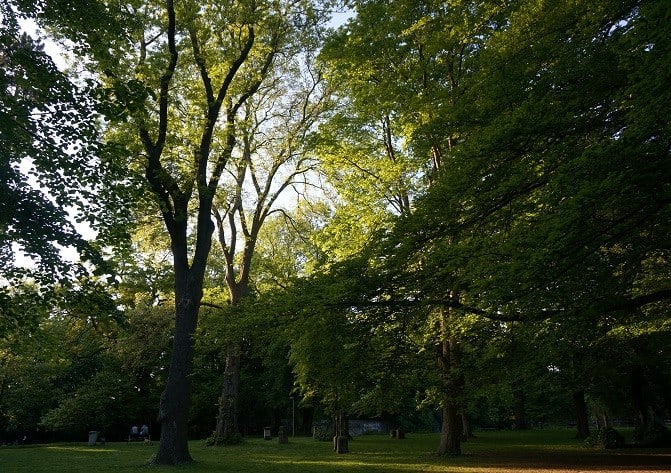From Forest Monitor blog via SAF Linked In . The author, Rafal Chudy of Oregon State, asked the question “are there empty formulas in the U.S.” and we have described some here in the 2012 planning rule, but I’m sure they are fairly common. It’s a natural human tendency to agree to something when you have to, and try to reinterpret it later under more favorable conditions to your point of view. Here’s a link, and below is an excerpt.
During a Forest Policy course in Sweden, I remember very well your lecture where you were talking about “empty formulas” in forest policy.
Could you explain to Forest Monitor readers what are “empty formulas”?– “Empty formulas” are frequently used by political language. They demonstrate an agreement by a formula or a specific wording, but which lack substance due to the use of vague and general terms. Everybody agrees on “Sustainable Forestry” which serves ecological, economic and social needs. But the meaning of such a general goal for a specific stand is vague and open. It includes harvested stands as well as set-asides. During policy implementation “empty formulas” then need to be specified to come up with a solution.
The attractiveness of empty formulas is that they communicate the impression of political solutions where in practice no agreement was found between conflicting interests. Therefore empty formulas are strongly used by actors in cases with weak decision making procedures, e.g. in international forest policy. The disadvantage is that empty formulas, which sometimes are even part of laws, leave decision space for substantial decision in implementation dominated by powerful actors.

If I turn out to be particularly clear, you’ve probably misunderstood what I’ve said. Alan Greenspan
Read more at: https://www.brainyquote.com/quotes/authors/a/alan_greenspan.html
“ I know you think you understand what you thought I said but I’m not sure you realize that what you heard is not what I meant”
― Alan Greenspan
There are also unfunded mandates. Or in laymens’ terms, suggestions.
It never ceases to amaze me that lawyers are so very, very bad at making laws. Maybe we need to vote out all the lawyers in Congress (about 50%)?
I think lawyers could write good laws if they didn’t have to become politicians first. “Empty formulas” is congressional SOP. The only way they can pass anything controversial is if they can allow everyone to claim victory – which requires that language has to be flexible enough to permit a range of interpretations. Typically federal agencies ultimately get to implement their interpretation (if it’s not arbitrary and capricious).
I am wondering what that is a picture of? Looks like a park or someone’s backyard.
Maybe we are learning that one plan doesn’t fit all. Isn’t it all about balance, compromise, and on site specifics.
1) Click on the photo
2) Enlarge the photo – hit (Cntrl +) a couple of times – Use (Cntrl -) if you enlarge too much.
3) You will see that it is some sort of private, minimally occupied graveyard.
Re: “Maybe we are learning that one plan doesn’t fit all. Isn’t it all about balance, compromise, and on site specifics.”
What’s this “we” stuff? Trained and licensed foresters have known this for a long time and keep up with continuous process improvement while the enviro’s – Well, they really don’t seem to care about learning the fundamental science necessary to protect our national forests – it’s just a power play game for many and an income for the ambulance chasers who make a living from taking advantage of poorly thought out policies made by those espousing “empty formulas”.
“Empty formulas” come from heads empty of any valid scientific knowledge about the subject but filled with self importance and a very strong desire to show leadership and or save their job at any cost.
I guess a graveyard is some kind of metaphor for “empty formulas”. I can’t wait to see the feds reaction to
the call for more logging. Why even our Oregon senator Wyden said they could log twice as much sustainably.